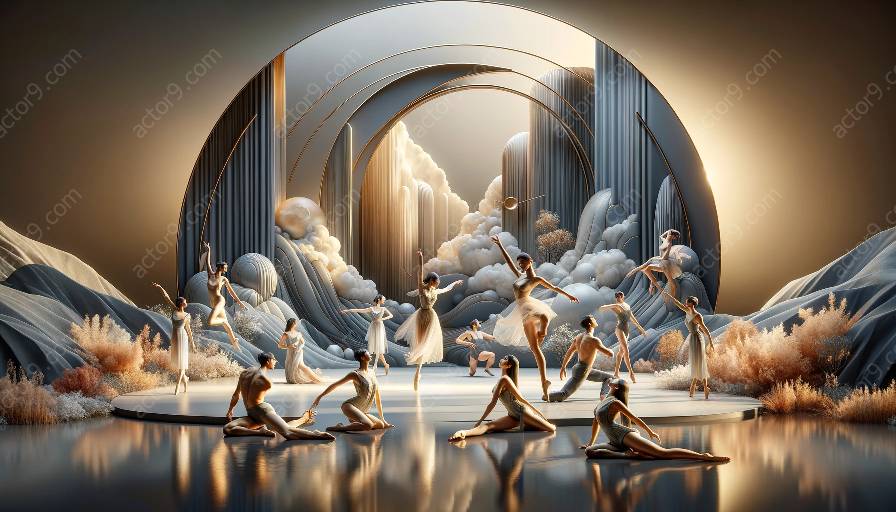Physical theatre is a captivating art form that integrates various elements of drama to deliver powerful performances. One of the key components that contribute to the depth and impact of physical theatre is the choreography and coordination involved in the production. This article will explore the intricate connection between choreography and coordination in physical theatre, and how they contribute to enhancing the elements of drama within this dynamic art form.
The Essence of Physical Theatre
Physical theatre combines elements of movement, gesture, and physical expression to convey meaning and storytelling without relying solely on spoken language. It often merges theatrical performance with dance, acrobatics, and mime, creating a rich and visually compelling theatrical experience. Key to the success of physical theatre is the seamless integration of choreography and coordination, which greatly influence the overall impact of the performance.
The Role of Choreography
Choreography within physical theatre encompasses the design and arrangement of movements and sequences to articulate a narrative or theme. It involves the deliberate structuring of physical actions, gestures, and dance to convey emotions, portray characters, and progress the storyline. Choreography in physical theatre is not limited to dance alone, but rather encompasses a wide spectrum of physical movements that serve to engage and captivate the audience.
Enhancing the Elements of Drama
Effective choreography in physical theatre contributes significantly to the enhancement of various elements of drama. Through well-crafted movement sequences and physical interactions, choreography assists in building tension, conveying conflict, and evoking emotional responses from the audience. Additionally, choreographed movements are often used to portray symbolism, thematic motifs, and character dynamics to enrich the storytelling process.
Coordination and Synchronization
Coordination plays a pivotal role in physical theatre, as performers must synchronize their movements and actions seamlessly to create a cohesive and visually stunning performance. Precise coordination among the ensemble ensures that the choreography unfolds harmoniously, lending an organic and polished quality to the overall production. This synchronization is essential in capturing the audience's attention and immersing them in the narrative world being presented.
Integration with Dramatic Elements
Choreography and coordination are intrinsically linked to the dramatic elements of physical theatre, such as tension, rhythm, and spatial relationships. These elements work in tandem with choreographed movements to heighten the dramatic impact of the performance, creating a sense of urgency, emotional resonance, and visual spectacle. The seamless integration of choreography and coordination enhances the overall theatrical experience, captivating audiences and leaving a lasting impression.
Conclusion
Choreography and coordination are fundamental components of physical theatre, playing a vital role in shaping and elevating the art form. Their integration enhances the elements of drama within physical theatre, enriching storytelling, emotional expression, and visual impact. As physical theatre continues to evolve and push artistic boundaries, the relationship between choreography, coordination, and the elements of drama remains central to its captivating allure.




































